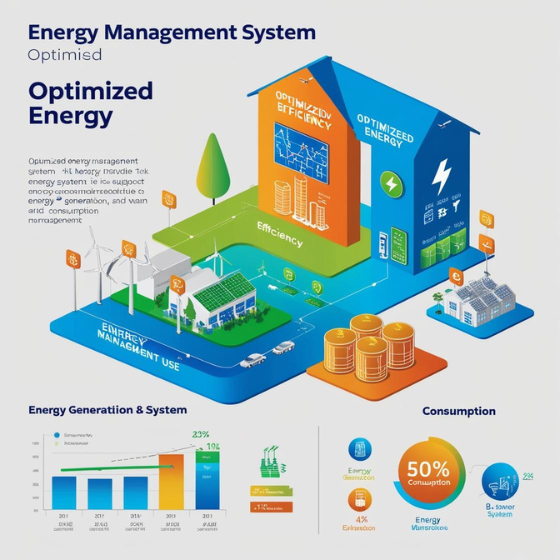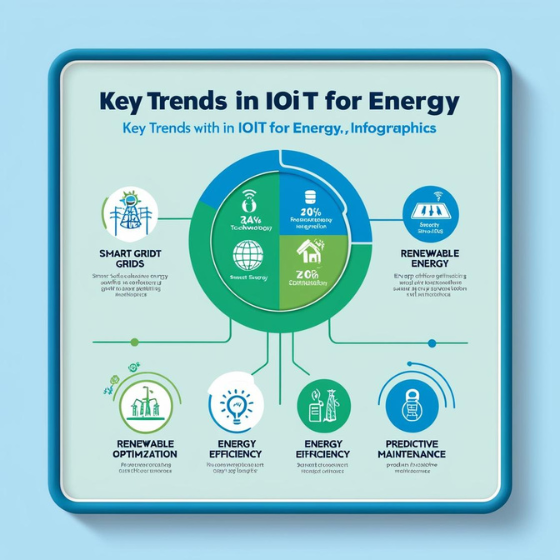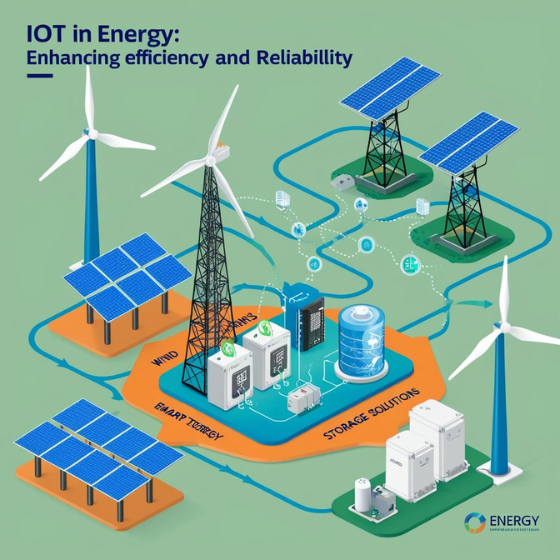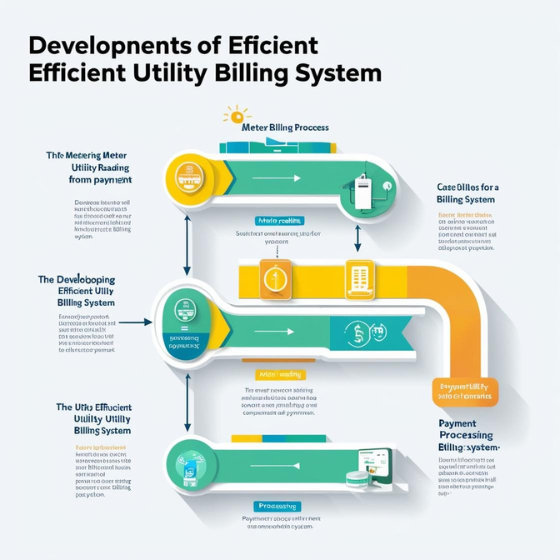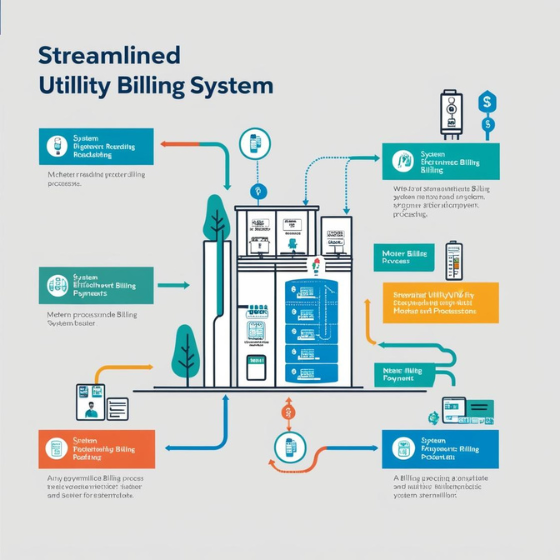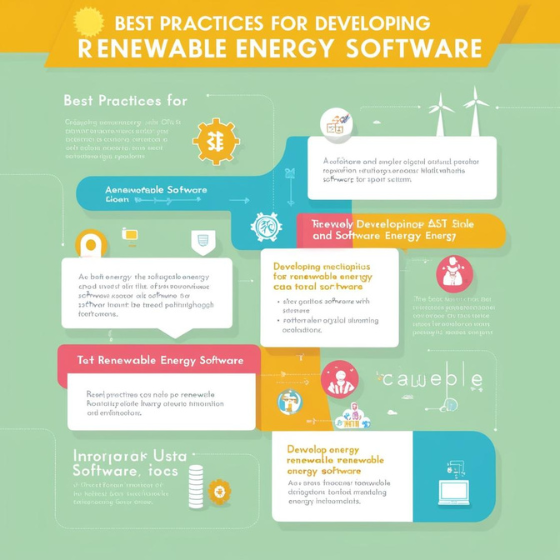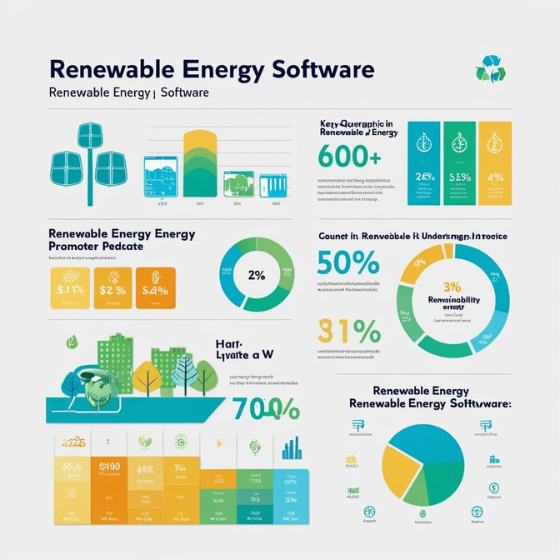Energy Management Systems: Optimizing Energy Use
In a world increasingly reliant on energy, the ability to manage and optimize its use is critical for businesses, governments, and individuals. Energy Management Systems (EMS) have emerged as a powerful solution to address energy inefficiencies, reduce costs, and contribute to sustainability goals.
In this blog, we’ll explore the concept of EMS, the technology driving their success, and how organizations can leverage these systems to optimize energy use.
What Are Energy Management Systems?
An Energy Management System (EMS) is a comprehensive platform designed to monitor, control, and optimize energy consumption within a building, industrial facility, or power grid. These systems use data-driven insights to help users:
- Identify energy inefficiencies.
- Reduce operational costs.
- Meet sustainability targets.
Why EMS Are Essential
Energy consumption worldwide is growing at a rapid pace, and inefficient energy usage costs businesses billions annually. EMS not only provide a clear picture of how energy is being used but also offer actionable strategies for improvement.
Core Features of Energy Management Systems
1. Real-Time Energy Monitoring
EMS provide real-time insights into energy consumption patterns, enabling organizations to make data-backed decisions.
- Example: A manufacturing plant can identify machines that consume excessive energy during production cycles.
2. Energy Analytics
Using AI and big data, EMS analyzes energy usage trends to recommend cost-saving measures.
- Benefit: Predictive analytics can forecast peak demand periods, allowing users to adjust usage and avoid high energy tariffs.
3. Automation and Control
Advanced EMS automate energy usage based on pre-set parameters, ensuring that energy isn’t wasted.
- Example: HVAC systems in commercial buildings can automatically adjust based on occupancy levels.
4. Integration with Renewable Energy
EMS can incorporate renewable energy sources like solar and wind into the energy mix, maximizing sustainability.
5. Custom Reporting
Customizable reports help stakeholders track progress toward energy efficiency goals and comply with regulatory requirements.
Benefits of Energy Management Systems: Optimizing Energy Use
Implementing an EMS comes with several key benefits:
1. Reduced Energy Costs
By identifying inefficiencies and optimizing usage, organizations can achieve significant cost savings.
- Case Study: A retail chain using EMS reduced energy bills by 30% within the first year.
2. Enhanced Operational Efficiency
With better energy monitoring, businesses can improve productivity by maintaining optimal operational conditions.
3. Sustainability and Compliance
EMS help organizations meet sustainability goals by reducing carbon footprints and ensuring compliance with environmental regulations.
4. Improved Equipment Lifespan
Optimized energy use reduces wear and tear on equipment, extending its life and reducing maintenance costs.
5. Real-Time Problem Resolution
Instant alerts from EMS enable users to address issues like energy spikes or equipment failures promptly.
Pro Tip: Combine EMS with IoT devices for even greater control and efficiency.
Technologies Powering Energy Management Systems
1. Internet of Things (IoT)
IoT-enabled sensors collect detailed data on energy usage, which is then processed by EMS for actionable insights.
- Example: Smart meters track electricity consumption in real-time and relay this data to EMS dashboards.
2. Artificial Intelligence (AI)
AI powers advanced analytics, enabling systems to predict energy demand, optimize distribution, and detect anomalies.
3. Cloud Computing
Cloud-based EMS allow users to access energy data from anywhere, making it ideal for multi-site operations.
4. Blockchain for Energy Transactions
Blockchain ensures secure and transparent transactions, especially for businesses trading renewable energy credits.
Steps to Implement an Energy Management System
To maximize the benefits of EMS, follow these implementation steps:
1. Conduct an Energy Audit
Start by analyzing your current energy consumption patterns to identify areas of inefficiency.
2. Set Clear Objectives
Define specific goals, such as reducing energy costs by 20% or integrating renewable energy sources.
3. Choose the Right EMS Provider
Select a system that meets your unique requirements, from real-time monitoring to advanced analytics.
4. Train Staff
Ensure that employees understand how to use the system effectively.
5. Monitor and Optimize
Regularly review EMS reports to identify new opportunities for optimization.
Ready to implement an EMS? Sodio offers tailored solutions to help you achieve energy efficiency and cost savings. Contact us today.
Industries Benefiting from Energy Management Systems
1. Manufacturing
EMS help factories monitor and control energy-intensive processes, reducing costs and improving output.
2. Commercial Real Estate
Building owners use EMS to optimize lighting, HVAC, and other energy systems based on occupancy.
3. Healthcare
Hospitals leverage EMS to maintain critical equipment while reducing energy waste in non-essential areas.
4. Retail
Retail chains use EMS to manage energy usage across multiple locations, ensuring consistent energy efficiency.
Overcoming Challenges in EMS Implementation
While EMS offer immense benefits, implementation can come with challenges:
1. High Initial Investment
EMS require upfront costs for hardware, software, and integration.
- Solution: Explore government incentives and financing options for energy efficiency projects.
2. Data Privacy Concerns
Collecting energy usage data raises privacy and security concerns.
- Solution: Work with EMS providers that prioritize data encryption and cybersecurity.
3. Resistance to Change
Employees may be reluctant to adopt new technologies.
- Solution: Provide comprehensive training and emphasize the benefits of EMS.
Future Trends in Energy Management Systems
The future of EMS is shaped by technological advancements and a growing focus on sustainability:
1. AI-Driven Optimization
EMS will become increasingly autonomous, making real-time adjustments based on AI-driven insights.
2. Integration with Microgrids
Localized energy systems like microgrids will work seamlessly with EMS to enhance energy resilience.
3. Dynamic Pricing Models
EMS will help businesses adapt to real-time energy pricing, reducing costs during peak demand periods.
4. Energy-as-a-Service (EaaS)
EMS will enable subscription-based energy models where businesses pay for energy usage rather than infrastructure.
Conclusion
Energy Management Systems: Optimizing Energy Use is no longer optional for organizations aiming to reduce costs, meet sustainability goals, and enhance operational efficiency. By leveraging technologies like IoT, AI, and cloud computing, EMS offer unparalleled control and insights into energy consumption.
The time to act is now. Whether you’re a business looking to cut energy costs or a city aiming for a greener future, implementing an EMS is a step in the right direction.
Ready to optimize your energy use? Partner with Sodio for customized Energy Management Systems that meet your unique needs.
